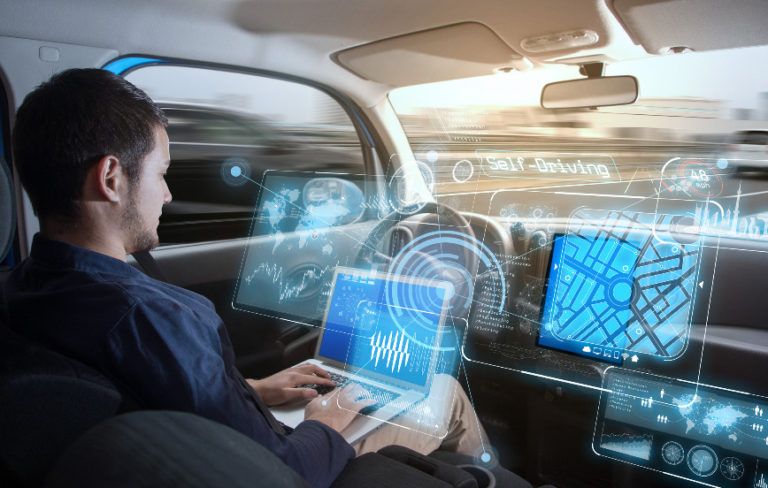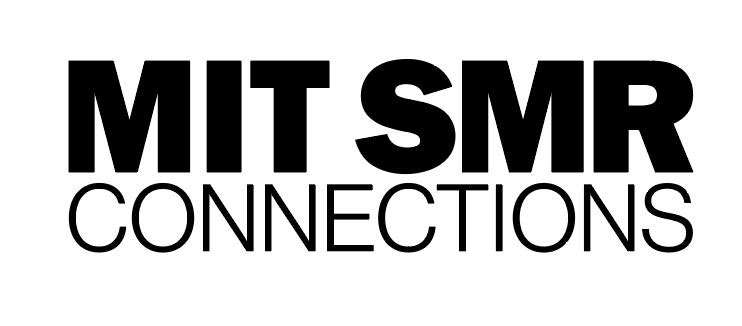Tech on the job: opportunity and risk
Do most people think about the specific technology they use at work? They think of the tasks they complete via the use of devices, apps, and systems they use. But devices and apps have become so engrained in daily work, they might not be thought of as technology. Usually, the thought of technology comes up when something is not working the way we expect it to or when we do not understand it. This means that in most cases, when things work, we do not credit technology, but when they don’t, we blame it.
Quite a complicated relationship we have with technology, especially at work. Part of the reason it is complex is because often we do not select what we use at work. When it comes to technology at work, the world is divided into users and choosers. IT decision-makers choose technology based on cost, security, ease of deployment and manageability. But let’s be honest, not very often based on user needs or experience. Not having a clear understanding of how employees use technology in their jobs and what they need and want from it can lead to friction and reduced engagement.
With the pandemic and forced remote work accelerating digital transformation, many workers have come face to face with more technology than they might have wanted to. From connectivity to security software, collaboration platforms and more, we have become very aware most of what we do in our day-to-day work is enabled, enriched, magnified, and simplified by technology. This acceleration has also generated fear of a possible mismatch between worker’s skills and the business’s needs.
Technology innovation outpacing skills
Already in 2019, IBM Institute of Business Value shared a staggering data point in a research report: In the world’s 12 largest economies, 120 million workers may need to be retrained/reskilled this year (2022). The report warned about the fast pace of technology deployment driving a churn in skill requirements. New skill requirements continue to emerge, while other skills are becoming obsolete. Executives who took part in the study indicated the need for workers to blend both digital and behavioral skills to have a successful career. Data showed a shift from 2016 to 2018 from a focus on fundamental and advanced technical capabilities in math, science, and computing to behavioral skills such as critical thinking, effective communication, problem-solving, and empathy.
For organizations facing a skill shortage, addressing the issue is more complex than it might seem. Depending on the size of the organization, it typically is not too difficult for managers to identify the employees who need reskilling. Yet, efficiently and tactfully communicating business needs with employees to get buy-in rather than instill fear can be challenging. More importantly, designing and delivering the right curriculum is no easy task.
Another impact of the growing role of technology and the faster pace of adoption in the workplace is the need for upskilling. While reskilling is about providing employees with different skills, upskilling is about elevating their skills to aid in career progression and keep pace with the organization’s mission and evolution.
In some cases, upskilling is even seen as a way for humans to guard against certain technologies, such as artificial intelligence and automation, taking tasks out of human hands and putting them into robot hands. While AI and automation might generate future job insecurity, they can play a positive role in minimizing some of the more mundane tasks, increasing efficiency, saving time, and letting workers concentrate on what matters the most to them and the business. However, such possible positive outcomes can drive very different expectations across management and employees. The experience gap mentioned above means management tends to see an opportunity to drive efficiency while employees see a way to lower friction, not so they could do more but simply so they could be more effective at their job.
Tech for well-being, a double-edged sword
The concept of employee engagement and overall well-being continues to grow as an increasingly important business priority and is an area where technology can help. As more workflows go digital, they create more data points that can be used and analyzed to assess our performance and determine levels of satisfaction with the tools and overall engagement at work. Productivity and collaboration platforms now include analytics and tools that give individuals and managers the ability to analyze their activity, teamwork, after-hour collaboration, meeting effectiveness, and even check in every day with employees on how they feel. These features are designed to help workers achieve a more balanced work practice, but these tools can also make employees feel uneasy. And who can blame them when we have monitoring apps like Sneek that takes photos of employees to see if they are at their desks or project management programs with activity analytics such as Jira and Basecamp that allow managers to spot when workers are not maintaining a high output level. Used like that, such tools can erode employee well-being. Alternatively, Webex collaboration and personal insights provide detailed, private insights to individuals, teams, and organizations to help combat common workforce fatigue and empower personal well-being, team impact, and inclusive collaboration.
How these tools are used, managers’ transparency, and the trust they build with their employees will determine the level of acceptance of these tools. Suggesting time to unplug when setting unreasonable deadlines will only add to the frustration and ultimately achieve the opposite result, with employees not feeling valued and cared for.
Digital transformation’s impact on employee engagement
Employees are not the only ones coming to terms with the increased role technology plays. Organizations as a whole are facing a similar learning curve. In particular, organizations are faced with the need to evaluate the positive impact digital transformation brings to the business when ROI is not a simple revenue-minus-cost calculation anymore. Measuring the success of an organization’s digital transformation also requires a broader set of metrics, some of which are new, like employee experience. While customer experience has been part of the digital transformation ROI from the get-go, organizations have only recently started to consider the impact of digital transformation on employee experience.
According to a Gallup 2021 survey about employee engagement, 36% of American employees classified themselves as ‘actively engaged’—the highest percentage ever in the history of conducting this survey. But 15% listed themselves as ‘actively disengaged.’ Over time, this unhappiness and lack of effort impact productivity, collaboration, and overall company culture. Among actively disengaged workers in 2021, 74% are either actively looking for new employment or watching for openings. This compares with 55% of non-engaged employees and 30% of engaged employees.Our relationship with technology might be complicated. And it is about to become even more so as we start to explore new technologies such as the use of augmented reality, holograms, and the metaverse. A human-centric approach to technology in the workplace remains the best path to success. Select and deploy technology that serves people’s needs, whether these are employees or customers. Most of all, create digital alignment in your organization between technology choosers and users through the management of technology’s changing pace, adopting features that improve employee experiences.




